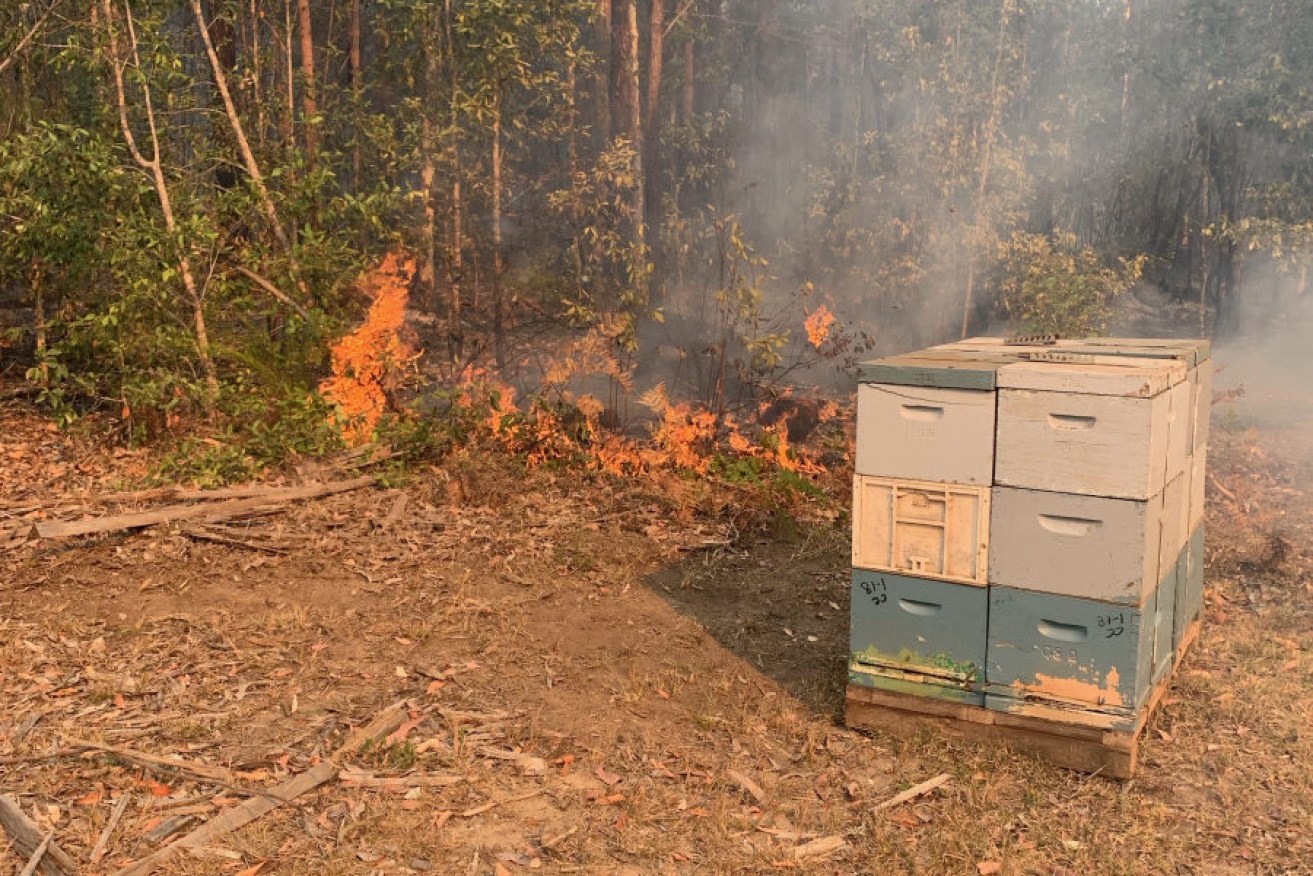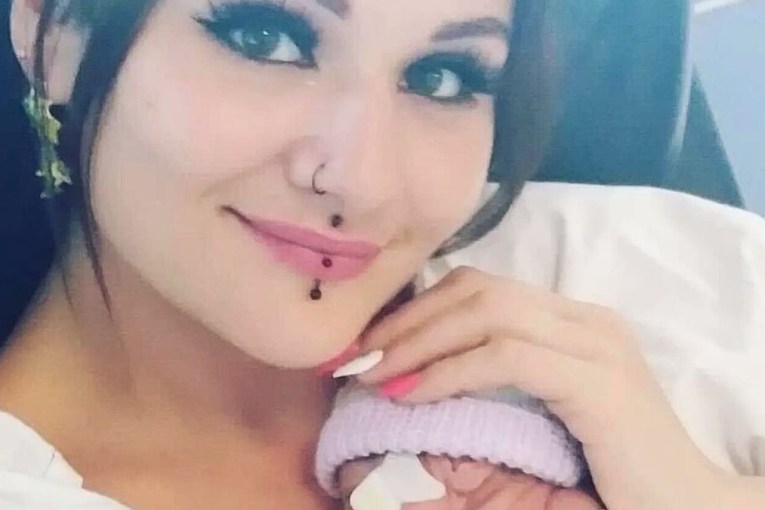Family bypasses bushfire roadblocks to save thousands of beehives as wildlife death toll rises

Members of the Croker family risked their lives to move thousands of bees to safety. Photo: Supplied
As fire tore through dense bushland in the New South Wales town of Ulladulla, a team of desperate beekeepers put their own lives in danger to save precious hives.
“We just had to get our livelihood out. There wasn’t really a choice,” Renee Croker told The New Daily.
Her husband Gavin and his two brothers each drove a truck into the middle of the bush where the encroaching fire had already torched many hectares.
The trio drove through roadblocks and ignored emergency warnings, as they could not bear to lose the thousands of bees that have kept them on a stable income.
“We’re commercial beekeepers … if we don’t have a business, our jobs are gone, our income’s gone,” Mr Croker said.

Their biggest task ahead is keeping the bees alive. Photo: Supplied
While these insects had people come back for them, an estimated half a billion other animals weren’t so lucky.
It’s too early to determine the true scale of devastation caused by this bushfire season, but it can be estimated that “as many as 500 million animals, including critically endangered species, have already perished”, said Zoos Victoria chief executive Jenny Gray.
University of Sydney ecologist Chris Dickman estimated that 480 million animals had been killed in NSW alone since bushfires started in September.
That estimate is a conservative one, and “the true loss of animal life is likely to be much higher than 480 million”, Professor Dickman said.
The figure includes mammals, birds and reptiles and does not include insects, bats or frogs.
“Many of the affected animals are likely to have been killed directly by the fires, with others succumbing later due to the depletion of food and shelter resources and predation from introduced feral cats and red foxes,” Professor Dickman said.

A blackened kangaroo joey and orphan with severely burnt legs were rescued from Australia’s bushfire crisis. Photo: Sara Pilling
‘Only one other way in’
Wearing everyday clothes and armed with nothing but manpower, Mr Croker and his brothers managed to quickly take down 1500 beehives trapped inside soon-to-be blackened trees.
Getting stung was the least of their worries.
The family went back into the bush every day for a week as the fire, which had started further to the south, progressed closer to their stock.

Clinton, Gavin and Kelvin Croker lost just seven pallets of bees to bushfires. Photo: Supplied
The last night was the most dangerous, Mr Croker recalled.
“The fire had come over the top of the road which was our main access in. There was only one other way in.”
That involved getting over shonky bridges with strict weight limits.

Saving their bees was Gavin Croker’s highest priority. Photo: Supplied
So they did. In fact, they travelled 10 kilometres back and forth between the bush and a valley where they dumped whatever they could retrieve.
In the end, they were able to save about 3000 beehives.
Then one night, when it was pitch-black outside and the rescued bees had returned to their hives, they were loaded back into the trucks and driven as far away from the fire zone as possible.
“We tried to find land that wasn’t burnt out so the bees could get some pollen,” Ms Croker said.
They ended up driving for at least seven hours to Narrandera which was about 550 kilometres away from their home in Ulladulla.
‘The bravery shown is inspiring’

Vets, including Healesville Sanctuary’s Leanne Wicker, are treating wildlife injured by bushfires. Photo: Zoos Victoria
On Sunday, Zoos Victoria announced it had begun “the brave task of treating countless injured wildlife” after being given the green light to enter the state’s bushfire zones.
Staff from Healesville Sanctuary travelled overnight to provide veterinary support and wildlife triage at Mallacoota in East Gippsland.
Healesville Sanctuary vet Leanne Wicker described signs of hope among the ashes.

An injured koala being treated in Mallacoota. Photo: Zoos Victoria
“Despite their injuries and trauma, the bravery shown by the koalas and wildlife at Mallacoota is inspiring,” Dr Wicker said.
The unprecedented bushfires are threatening the future of Australia’s wild koalas, with one of the nation’s last healthy colonies ravaged over the weekend.
Half the population of Kangaroo Island’s koalas is feared to have been killed after bushfires on the South Australian island intensified on Friday.
Researchers in July said the island was vital so koalas there could re-populate given the iconic marsupial in other parts of Australia has been dying from chlamydia.
Kangaroo Island is Australia’s last large, healthy, chlamydia-free population of koalas, the researchers noted.
As for koalas in NSW, they’re on track to be extinct by 2050 if the rate of land clearing continues, a 2018 report found.
Where to donate to help injured wildlife

Habitat destruction could cause koalas to become extinct in the wild. Photo: AAP








